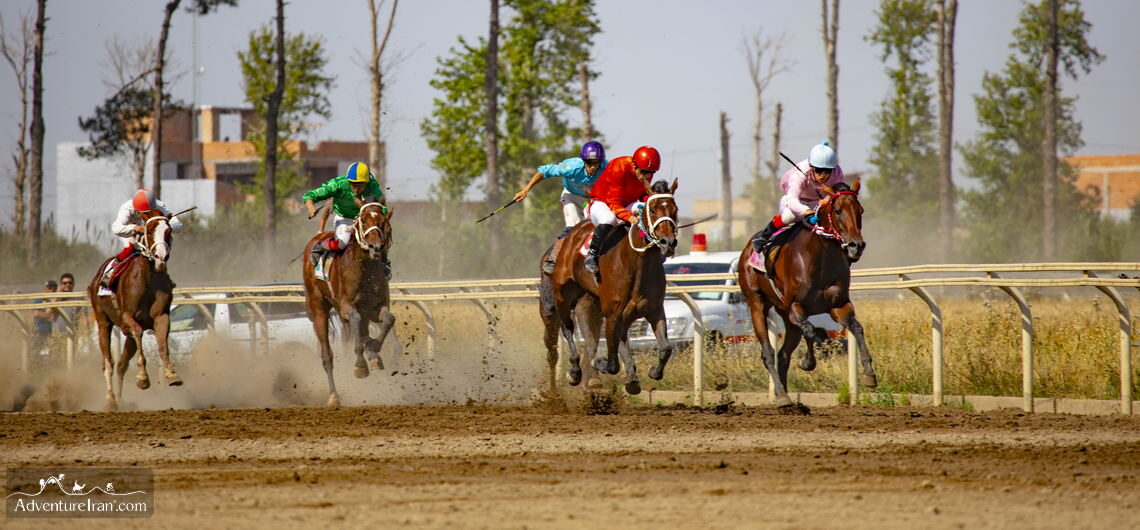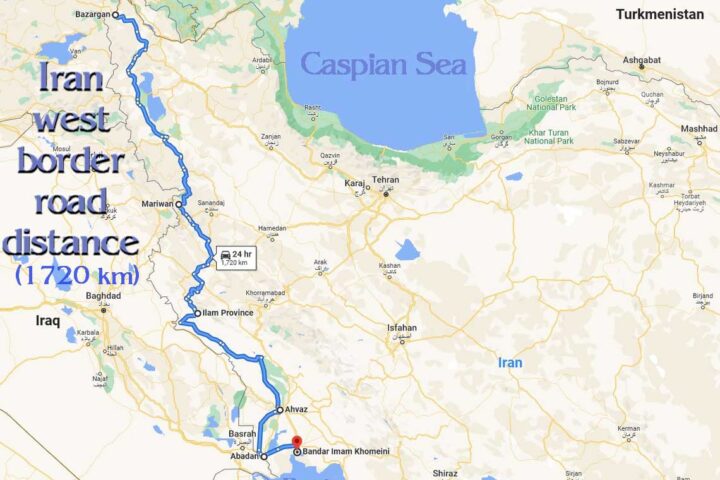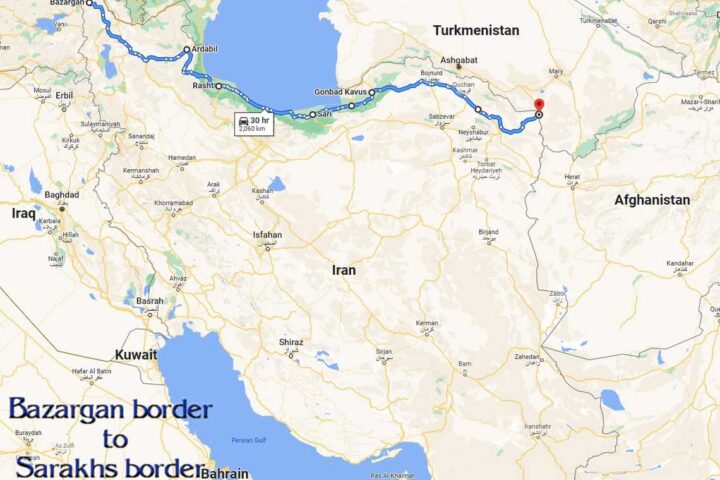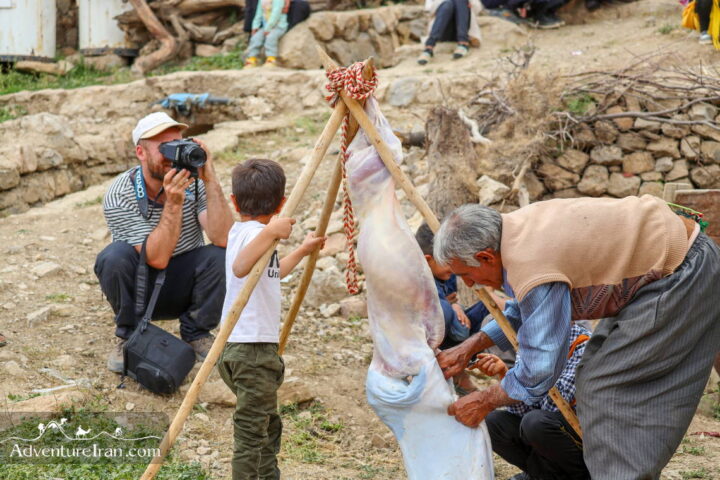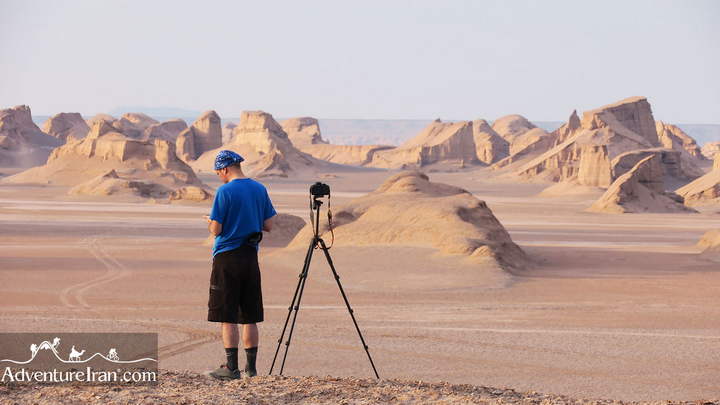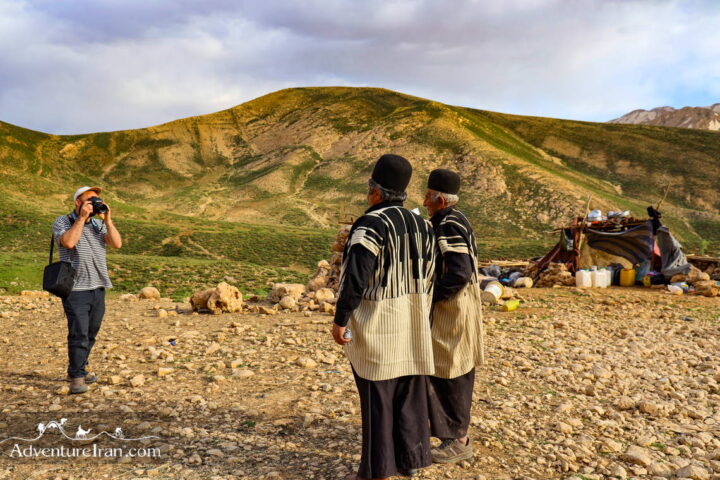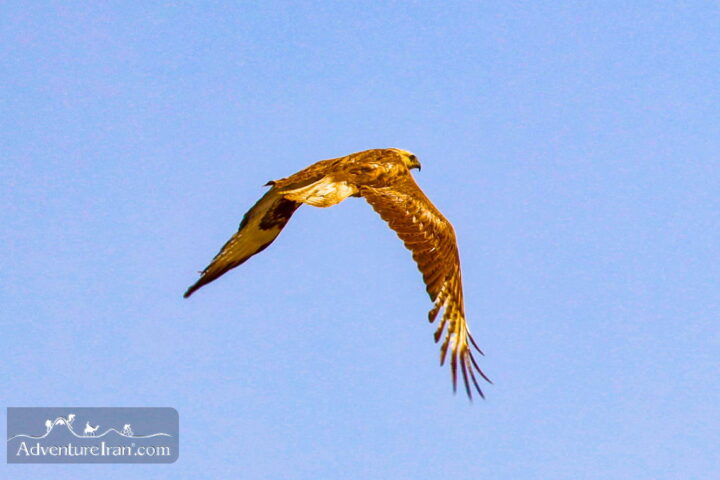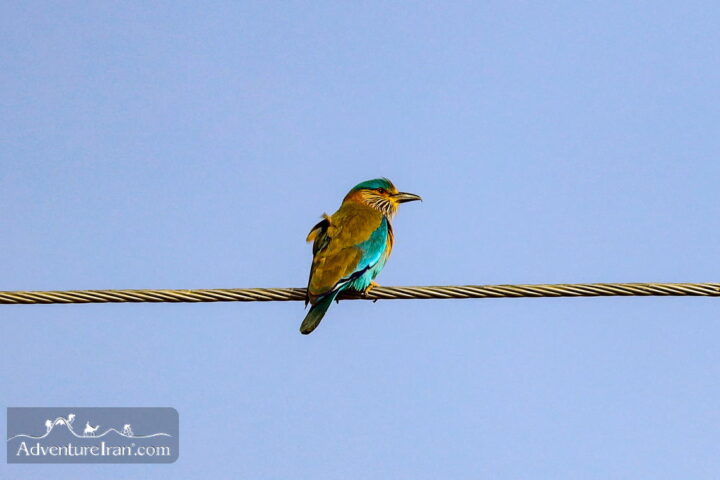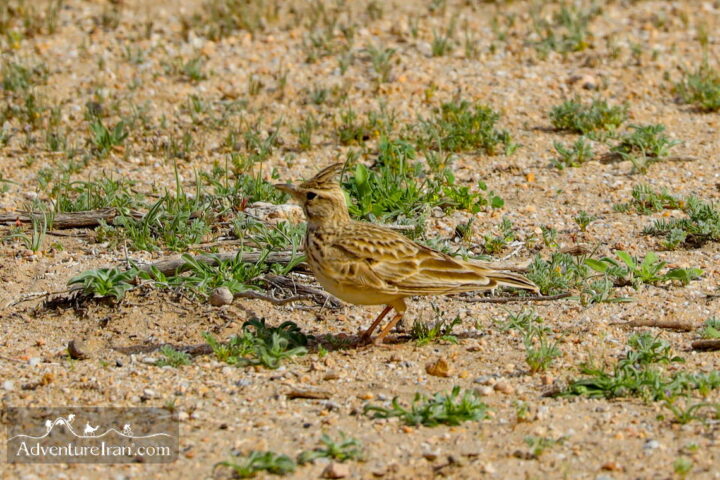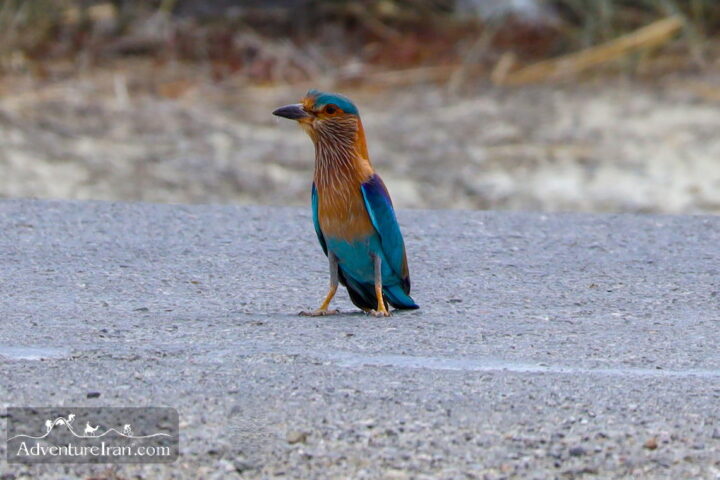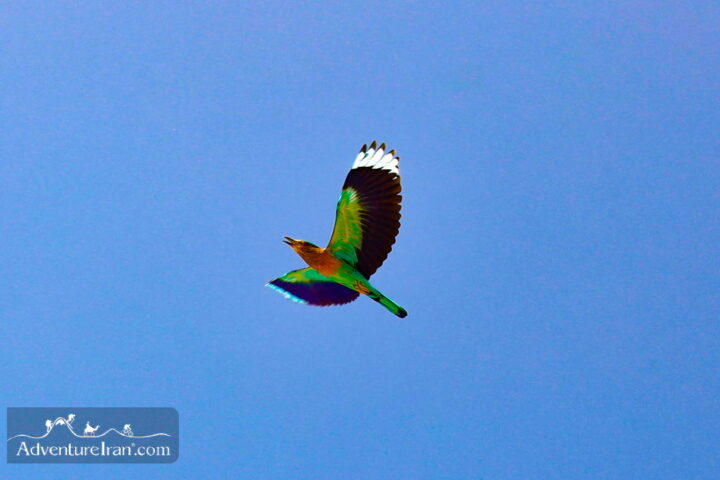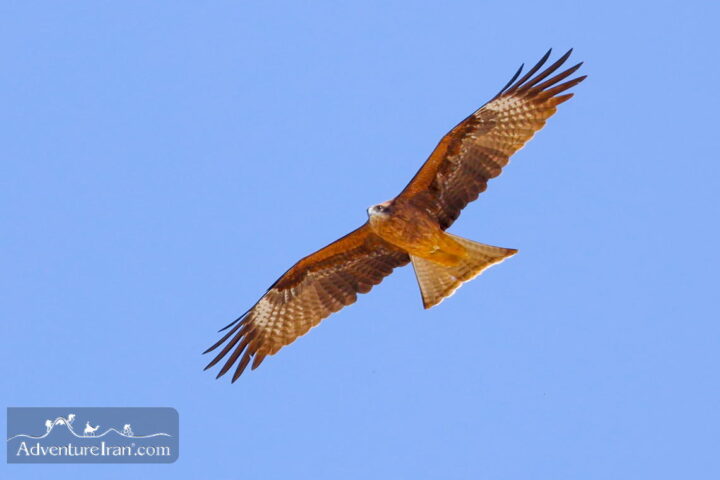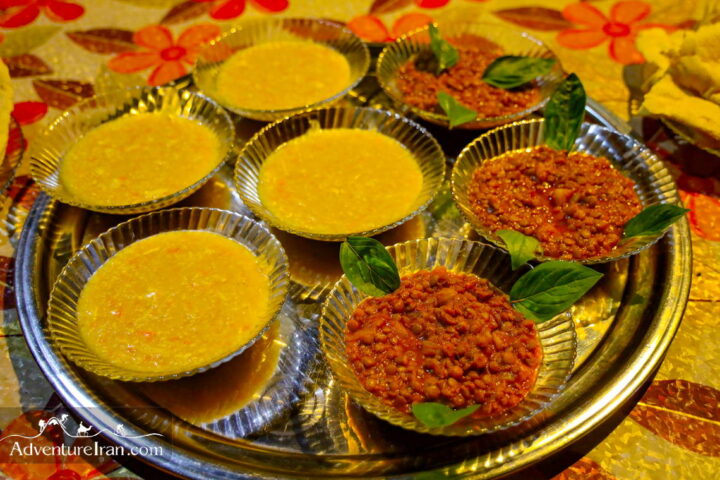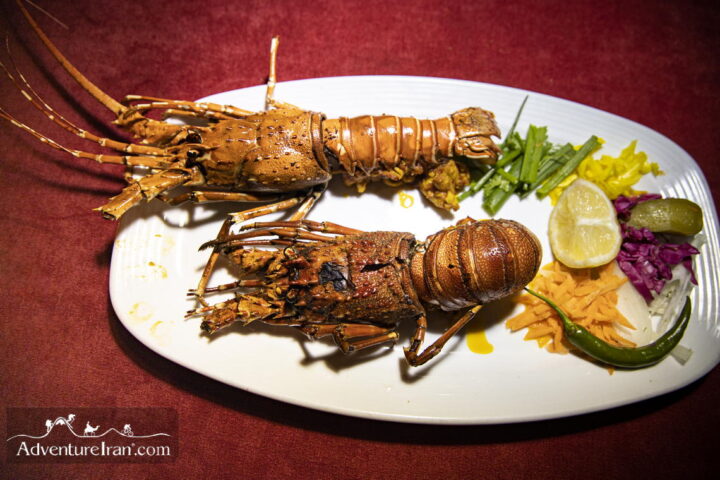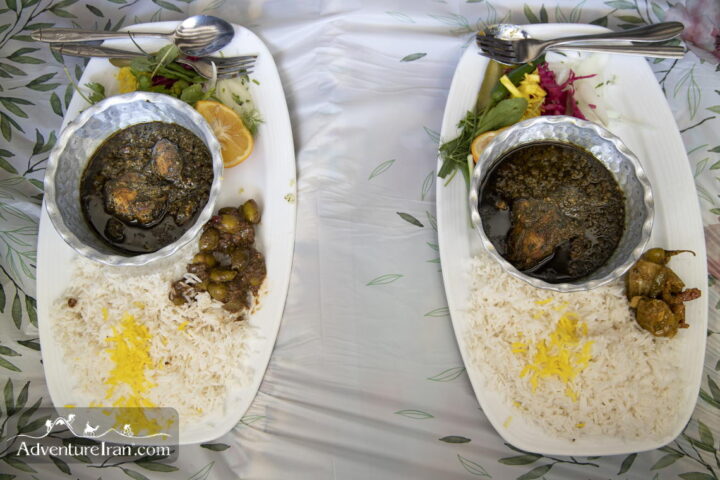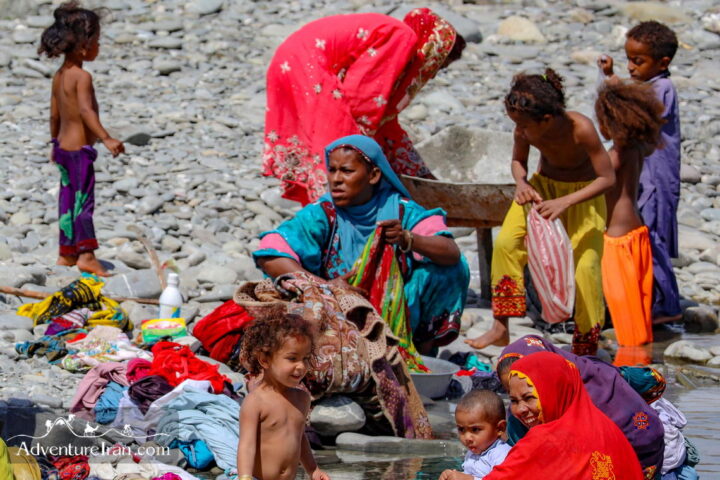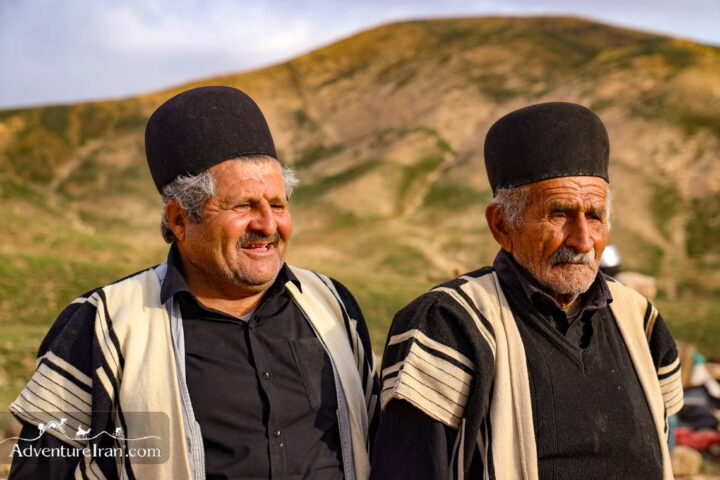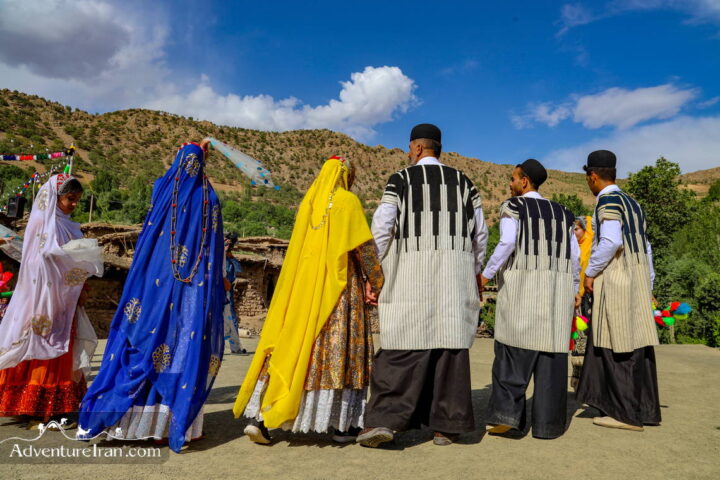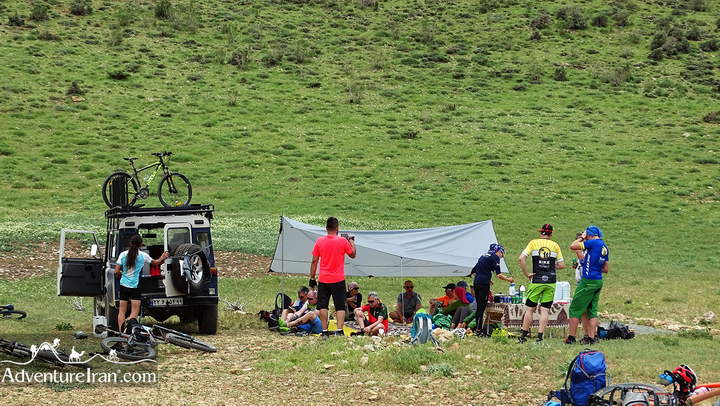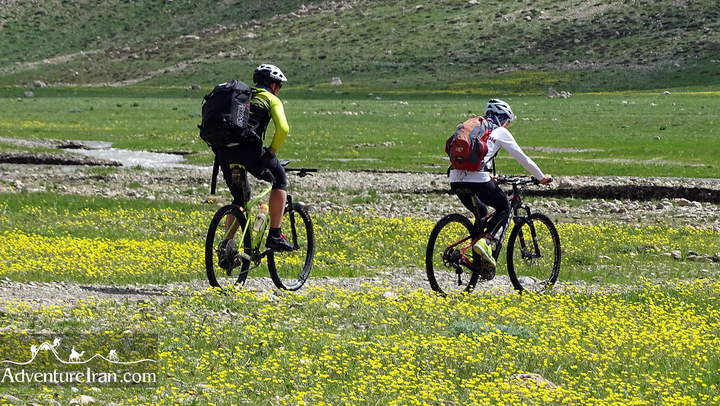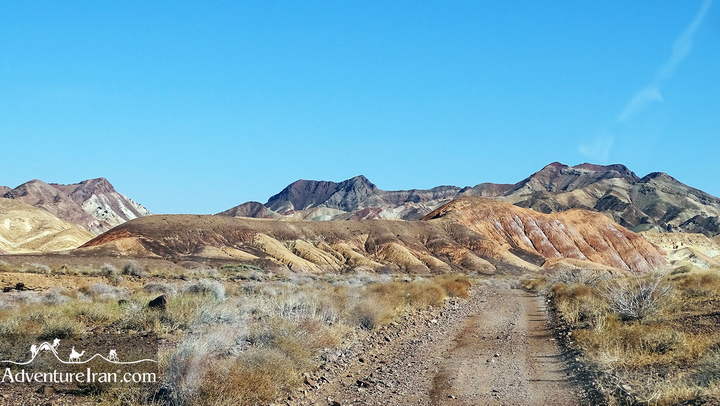How to Create a Successful Travel Itinerary for Iran?
One of the main questions for many tourists, travel agencies, or tour operators is : How to make an efficient travel itinerary to cover the most important Iran attractions on a short trip? Please continue reading this very useful article if you would like to have the Best Iran Tour during your holiday.
Most travelers don’t have much information about the huge size of the country. The distance between main touristic cities, the number of UNESCO heritage sites, the diversity of Climate and Weather in Iran, or the types of activities they could have in Iran have variations too. Persian arts, type of transport, the best time for traveling in Iran for different regions, Persian cuisines and Iranian home foods, and off the beaten track destinations of Iran are important in this list too. Especially for those who are first-timers in Iran, having this information could be beneficial in creating a perfect travel holiday for Iran.
Instead of proposing a couple of template travel itineraries to answer the above question, we try to explain a few essential topics to help you in finding the answer.
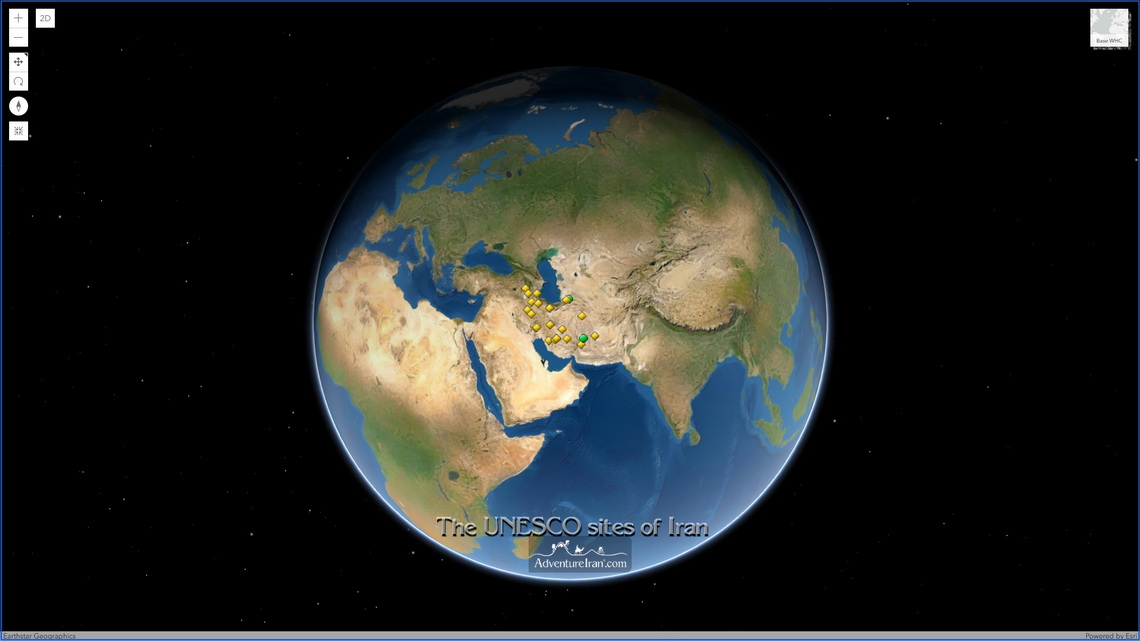
1. Huge Size of the Country and the Distances
Iran is a very vast country that is much larger than most European counties. To have a better image of the country, Iran is around the size of Germany, France, Italy, Netherlands, Belgium, Czech, Slovakia, Austria, Switzerland, Croatia, and Slovenia together. We give you another example for you to understand this better. There is a famous route from northwestern Iran to Southeastern Iran called the One-Month Classic Overland Route of Iran, which starts from the Turkish border and finishes at the Pakistani border in the southeast of the country. The direct distance of that route from Bazargan border “Iran border with Turkey” to Mijaveh “border with Pakistan” is about 2761 km. If you want to compare and measure it, the distance from Paris to Istanbul is 2728 km, nearly equal length. Please have a look at the bellow map to have a better understanding of this route.
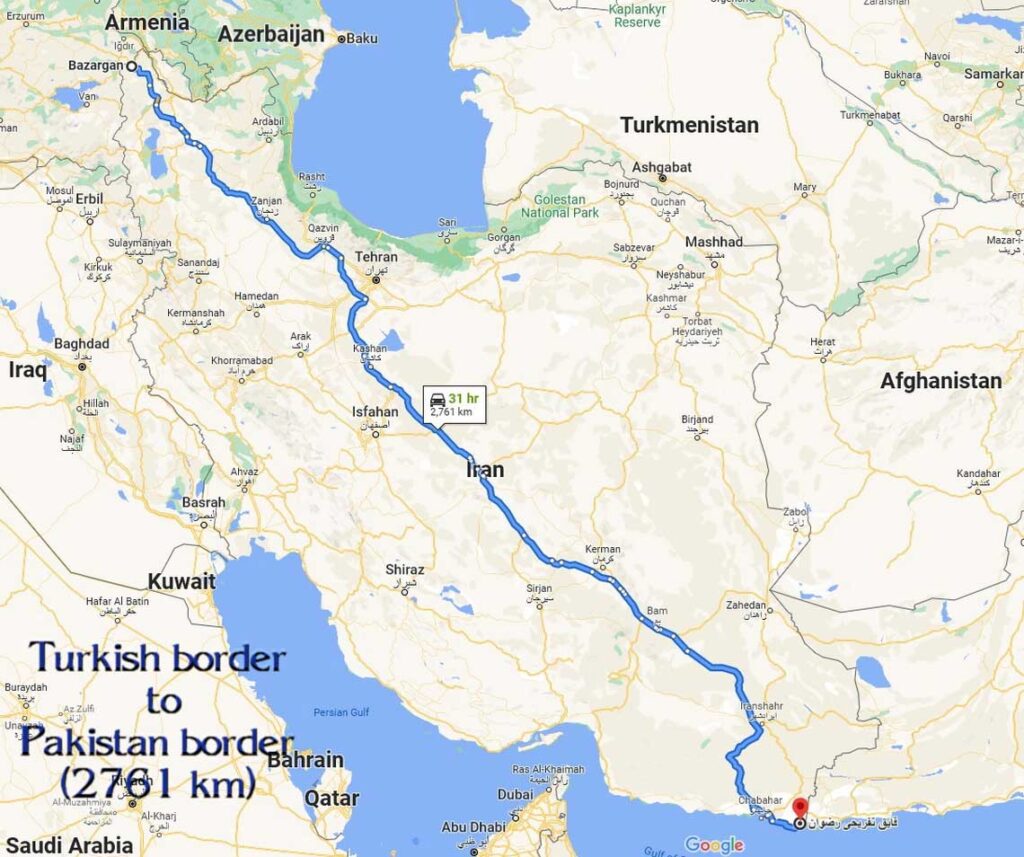
Another example is from northeast “Bajgiran, the border with Turkmenistan, to the southeast “Chabahar port”. The distance is about 1873 km. Please see the following maps to have a better measure of the length of the route for your travel in all parts of Iran
The best pattern of distance in Iran is the famous traveling route from Tehran to Shiraz which is named by Lonely Planet “Classic Iran”. The overland length of this route is about 1432 km, which passes through Kashan, Esfahan, Yazd to reach Shiraz. These are the most popular Iranian cultural-historical destinations on one route and naturally, the mileage is just a one-way distance through this route. Please have a look at the below map to understand the detailed itinerary of this journey.
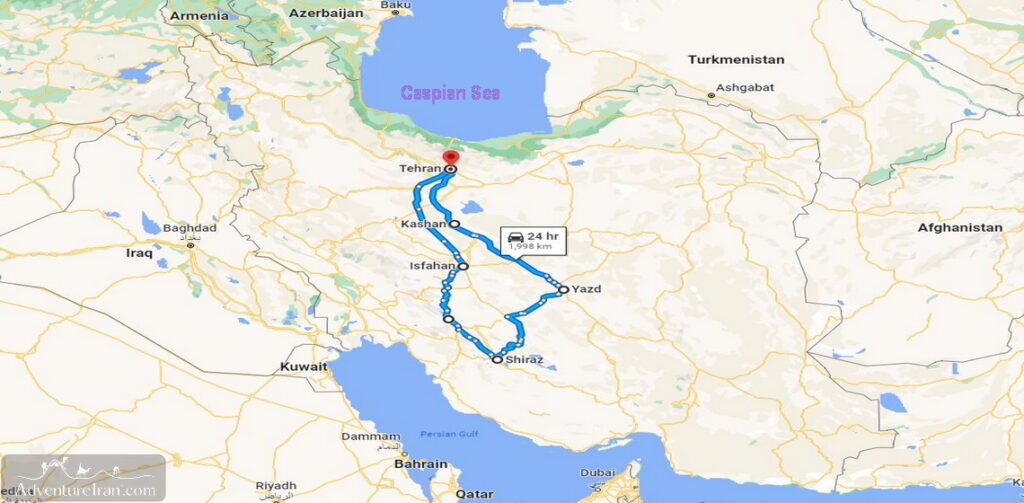
This route is located approximately on a straight line from north to south. Most tourism attractions of Iran are distributed in different corners of the country in different provinces and this means covering even the main highlights is not possible in a short travel itinerary. Especially for those who would like to explore Iran’s off the beaten track destinations, this could take much longer.
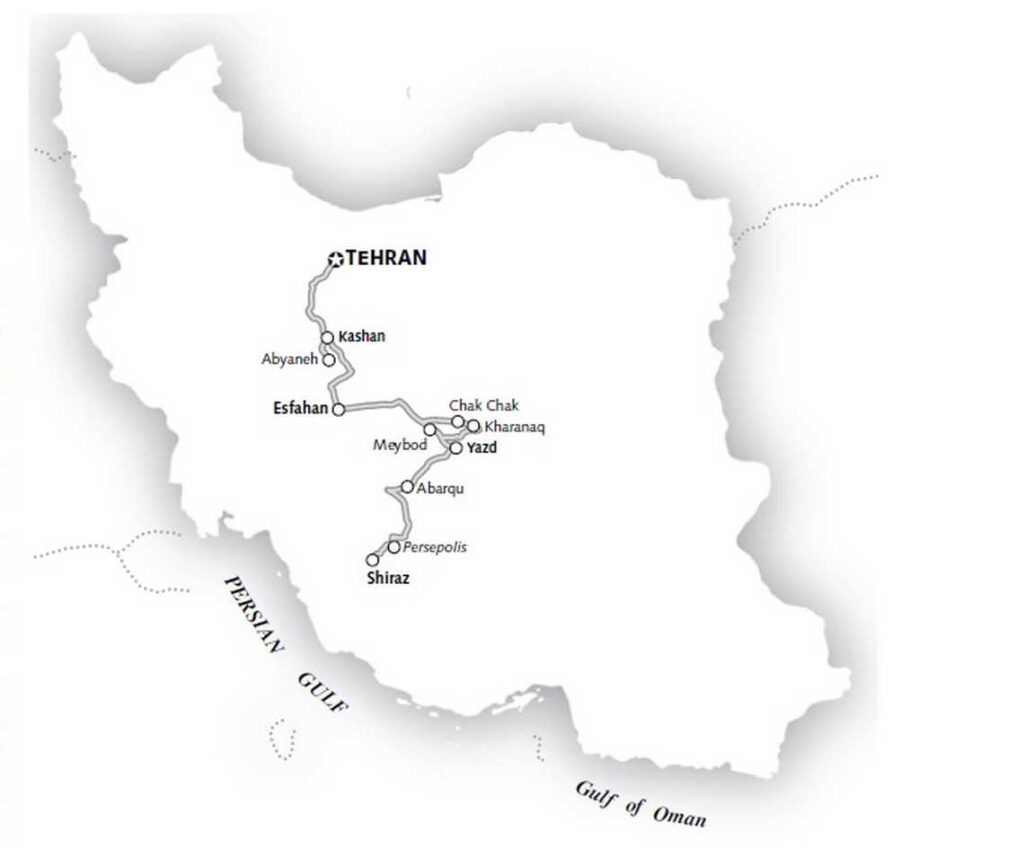
2. A Four Season Country for Traveling
One of the main important points you should know about Iran for traveling is the possibility of traveling to Iran all year round. The climate diversity in different locations allows Iran to have this opportunity. Iran’s climate is totally different from all Asian countries. It is not like East Asia with rainy seasons (Mansoon) and dry Seasons. Iran does not have a climate like the Persian Gulf countries with hot and dry weather all year round. Also in central Asia, the climate is much different as they have more cold and dry months. Iran has 4 total seasons enabling you to discover different regions and the experience of different climates as well. This advantage is perfect for the travelers who are Iran’s 2nd or 3rd visitors that have already visited the main UNESCO sites of Iran in the Classic Iran route. That would be much more useful for those who are looking for off the beaten destinations in Iran or would like to have an activity during their holiday to Iran. We have categorized the seasons to give you a more detailed explanation in this regard.
- Spring is Iran’s Best Season for all general visitors who would like to travel to Iran’s plateau. Most tourists who have traveled to Iran for the first time visit Iran between March to May. Along with the cultural and historical attractions, March and April is a pleasant time for desert trekking or cycling, March is the end of the season for the south and Lut desert. Also, March and April is the best time for ski touring. April and May in general is a good time for mountain trekking lower than 3000 m.
Note: You should be aware of traveling during NOWRUZ (Persian New Year) which is the busiest period for domestic tourists in the country. In addition, early spring is perfect for ski touring in the high mountains of Iran.
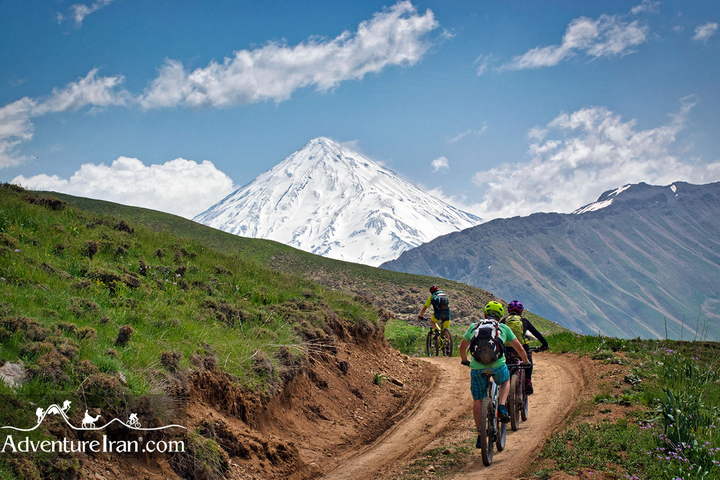
- Summer (Mid-June to Mid-September) is perfect for those who are a fan of the mountains. Iran has many mountains above 4000 m and Damavand with 5610 m is the highest in the country. For those who are interested in ascending Iran’s high peaks, the only perfect season is summer times. Also for those who would like to have long trekking or mountain biking trips in Iran, summer is the perfect time to be in the highlands of Iran. In addition, many of Iran’s national parks and natural conservation regions are open only during the summer. Beach season and swimming time are between June to September with a wide range of choices in different regions along the coast of the Caspian Sea (756 km). Iran is not famous for its beaches but you could use it to your advantage and add it alongside your main travel itinerary for some fun times. For special interests like mountain climbing, rafting, cannoning, mountain biking in high mountains and wildlife adventure summer times is the perfect timetable to enjoy these activities. Also for those who would like to walk along nomadic tribes or visit nomadic regions of Iran, the end of spring and summer is the best travel time.
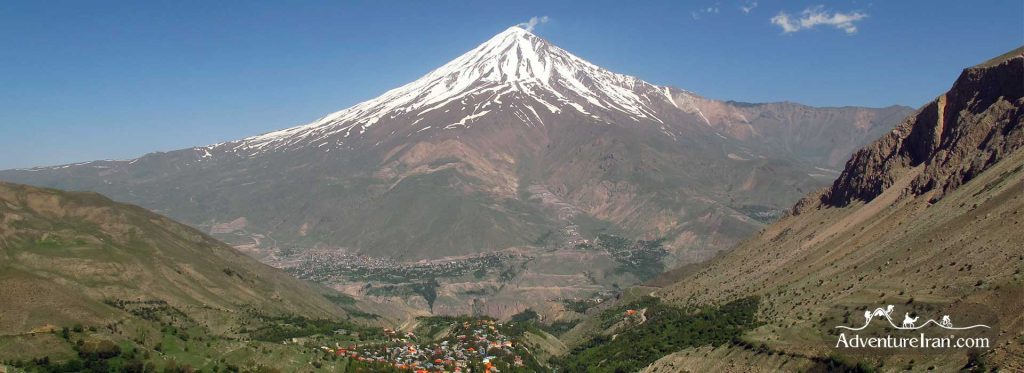
- Autumn is another perfect season for traveling to Iran which is called “shoulder season” by Lonely plant. For fam of cultural and historical trips, autumn is Iran’s 2nd best season because of the pleasant temperature in main touristic cities. If you would like to explore Iran’s deserts or do a serious activity in the deserts of Iran, autumn is the best travel time. We perform our most important long desert trekking and cycling tours during this season. Those who are interested in activities in the forest like trekking or mountain biking, autumn is the perfect time too. Caspian Sea region and exploration of rural districts along cultural highlights is another act that is perfect in October and the beginning of November. The colorful Hyrcanian forest UNESCO site of Alborz Mountains in the southern part of the Caspian Sea would have an amazing view in autumn. You will face some rain but the temperature is pleasant for traveling. Also, for those who are interested in 4×4 desert safari, October and Number are the best travel time in the entirety of the year.
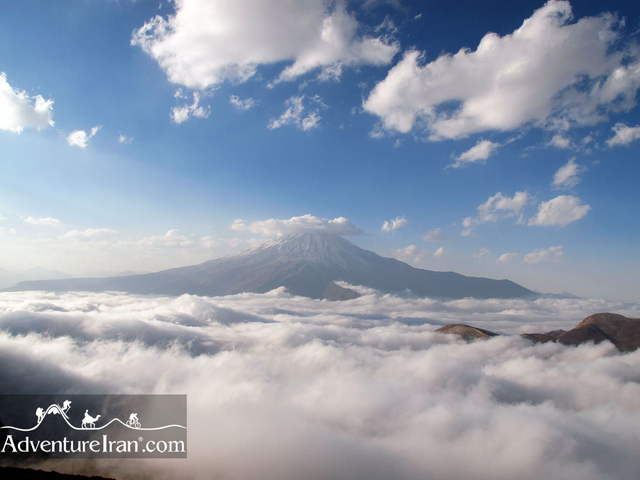
- Winter is another important season that people have not much information about. For those who would like to ski in Iran, winter is the best travel time. Alborz Ski Region with Iran’s best ski resorts located in the north of Tehran can easily be your first choice. Along with this winter holiday activity, Iran has many important destinations which you should travel during the winter season. If you would like to visit the south of Iran and explore a lot of Iran’s off the beaten destinations along the long coast, winter is perfect for you. The southern coast of Iran is in the Persian Gulf and Makran Sea (Gulf of Oman) with an 1847 km coastal road. There are four main provinces located in the south of Iran and they have three different languages of Arabic, Farsi, and Baluchi. Also, the Persian Gulf islands offer a wide range of highlights and activities and it’s best for a visit between December to March. There are a couple of dive centers on islands like Qeshm and Kish. Winter is perfect to explore Sistan and Baluchistan province which is a relatively new destination in Iran. It’s the biggest province of Iran offering many activities and attractions. Taftan semi-active volcanic Mountain with around 4000m altitude is located in this province and winter is the best time to ascent its peak. Birdwatching is another activity with special interest and the end of winter during March and April is the best travel time for it. If you like to have a desert adventure trip to Lut desert “the hottest place in the world”, winter is a good travel time for it. Lut is one of Iran’s natural UNESCO sites as well.
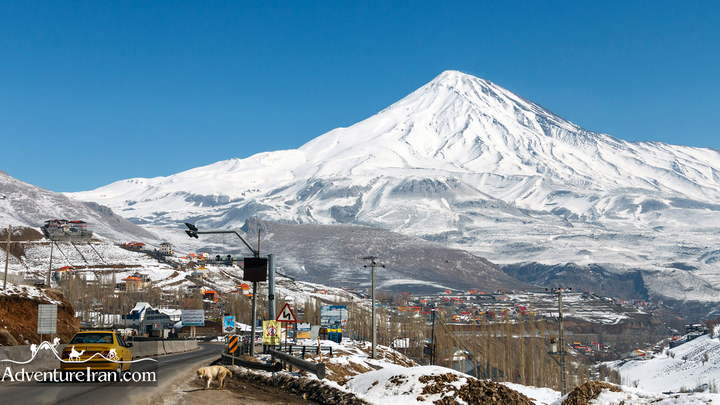
3. The 26 Iran’s UNESCO Sites
At the time we write this article “Jan 2022” Iran is on the top 10 UNESCO list which is the 10th country of having more UNESCO sites in the world. The last convention of the UNESCO was on June 2021 and the UNESCO accept two Iran’s new sites and Iran with 26 world heritage sites (24 cultural sites and 2 natural sites) is one of the most important travel destination in the world. Along above sites, Iran has 61 unregistered sites which is under the TENTETIVE sites of UNESCO waiting to approval.
PS: Iran stopped to apply their sites for UNESCO after revolution and with having 8 years’ war afterward, Iran lost their world rank at all. Otherwise Iran’s heritage sites should be much more that this to compare the first country with 58 registered site (Italy).
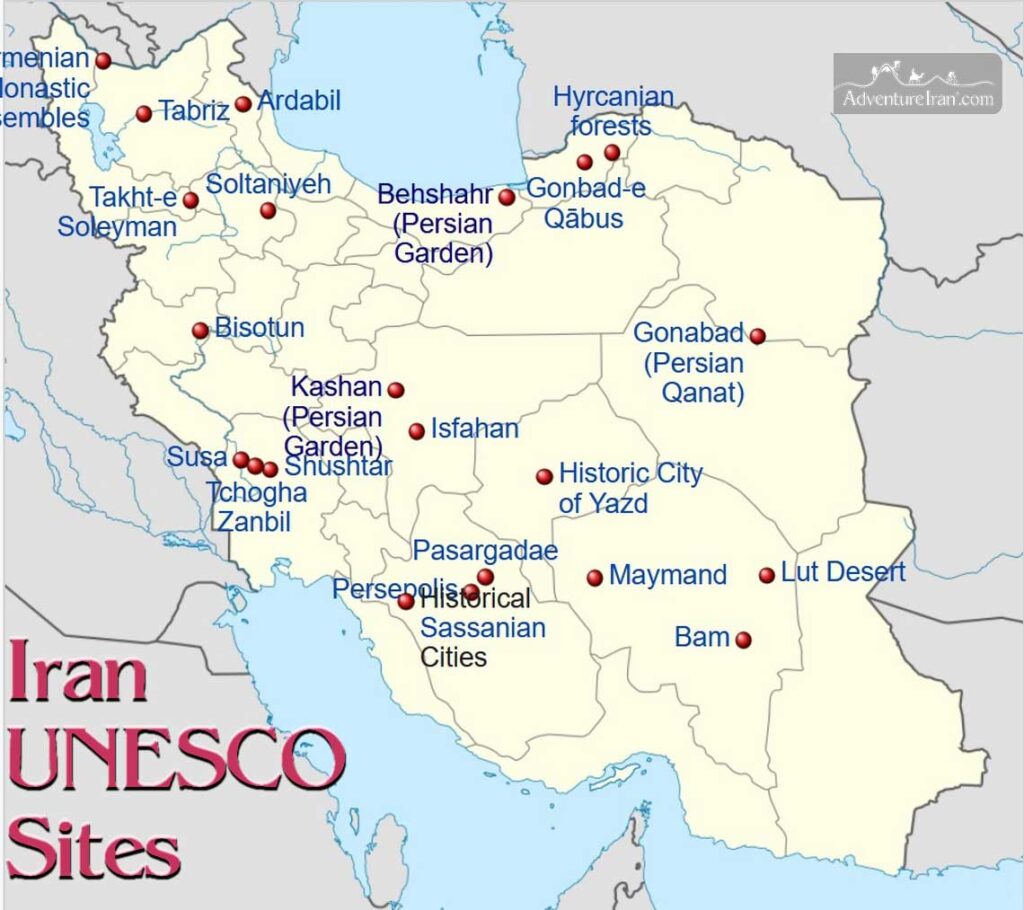
4. The best Iran’s UNESCO (7 sites)
Most Iran visitors are coming to do the Classic Iran Tour and on this trip, you can only visit 7 of Iran’s UNESCO world heritage sites. Those sites are approximately situated on a straight line from Tehran to the south which takes at least two weeks to do. If you would like to visit the rest 19 UNESCO sites, which are out of this route, you have to travel in different directions. If you have a look at the Iran UNESCO sites map, you will see that they are placed in different locations all over Iran. So you have to spend 5~6 weeks exploring all the UNESCO sites in Iran. Many of them are not in urban regions and even if you take domestic flights to make it shorter, you have to drive a few hundred kilometers to visit them all.
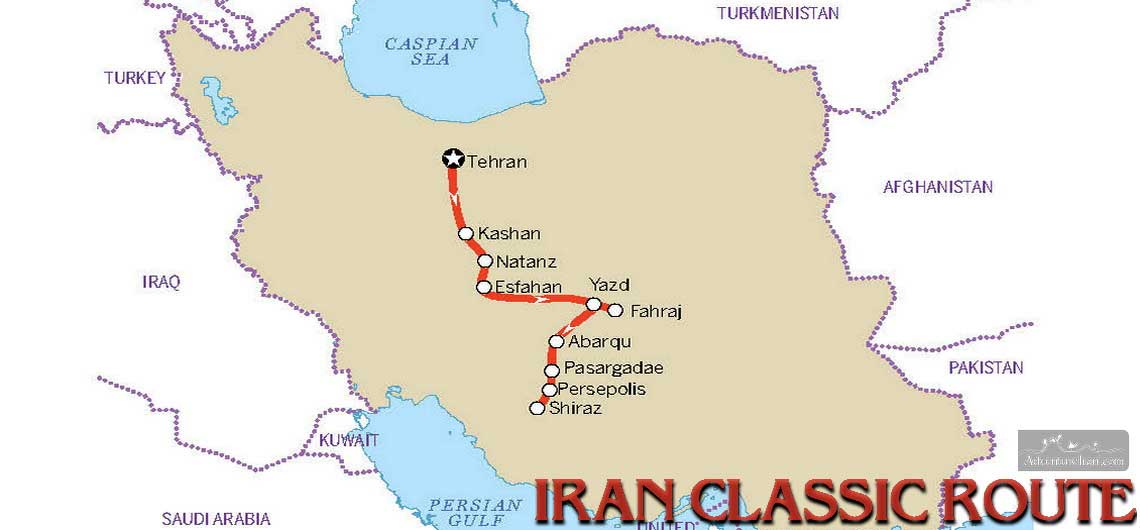
5. The varieties of activities in Iran
For many years, Iran was only a destination for elderly cultural travelers who only wanted to visit the main cultural-historical UNESCO sites in famous touristic cities of Iran. Only a few number of tour operators had clients who were interested in having an adventure holiday. Now a day Iran is becoming one of the main destinations for international active tour operators who are specialists in trekking, mountain biking, ski touring and Desert Tours.
- Trekking is the most popular activity in the world and Iran offers a wide range of trekking routes in different regions for different levels of fitness. Alborz and Zagros mountains with 2400 km in length together have a lot of high peaks for those who want to experience a special trekking holiday in Iran. For those who are interested in deserts, Dasht-e Kavir and Lut deserts provide an amazing long trekking through the oases on different terrains. Hyrcanian UNESCO natural site is another different type of region for trekking you could experience.
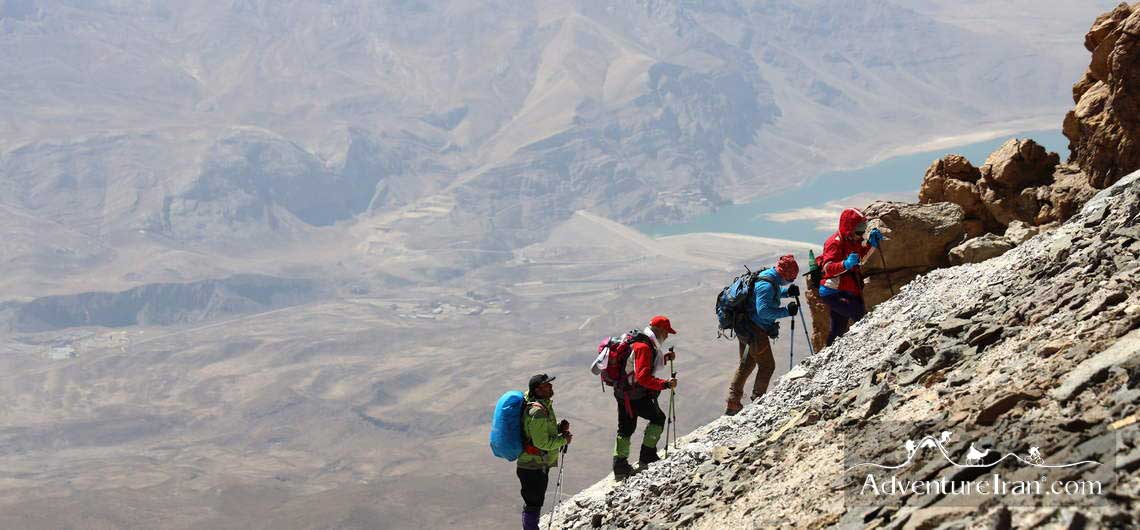
- Mountain Biking is going to be a very popular activity. The number of cyclists who travel to Iran increases every year and we perform many special long cycling tours in different regions of Iran for individuals and International tour operators. If you check famous cycling tour operators around the world, you’ll see that most of them have Iran as a destination on their sites. Most of them combine cycling tours with sightseeing touristic cities, but there are many tour operators that only focus on Professional Mountain Biking.
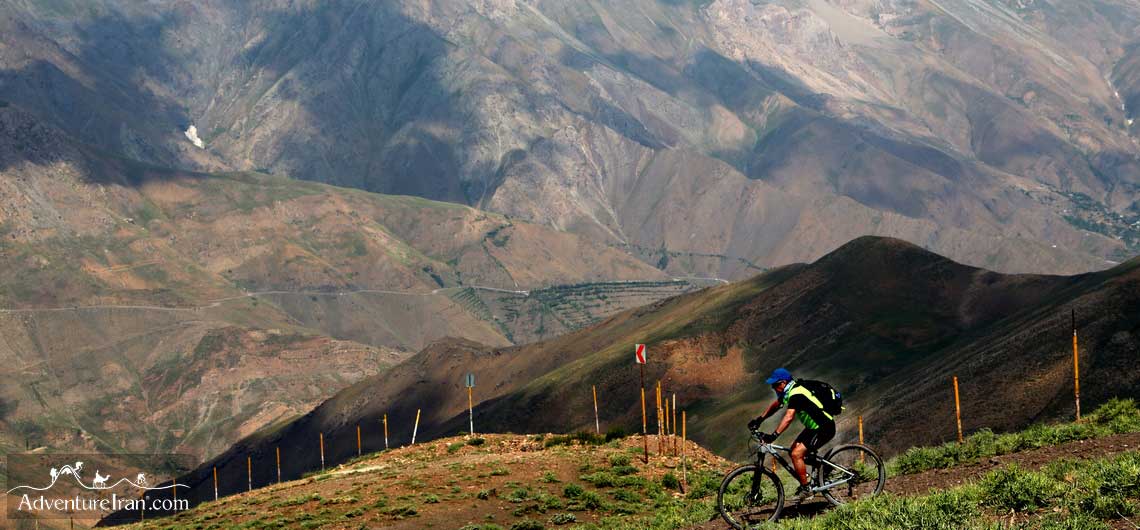
- Skiing developed before the Islamic revolution in Iran and the last king of the Pahlavi dynasty built a couple of ski resorts in Iran. Nowadays those ski fields are still working and the lift systems are developed as well. Also “Skiing on the Alborz Mountains” is mentioned on the beginning page of the Lonely Planet book in the “Iran’s Top 16″ section. Iran is not a ski destination for the world but for those who are interested can experience skiing in Iran; More important than skiing on pistes, is Ski Touring and powder skiing in Iran. The high mountains of Iran with a huge volume of snow provide a good ski touring place for adventurous skiers around the world. MT Damavand is Asia’s highest volcanic mountain (5610m) and it is the most popular destination for ski touring.
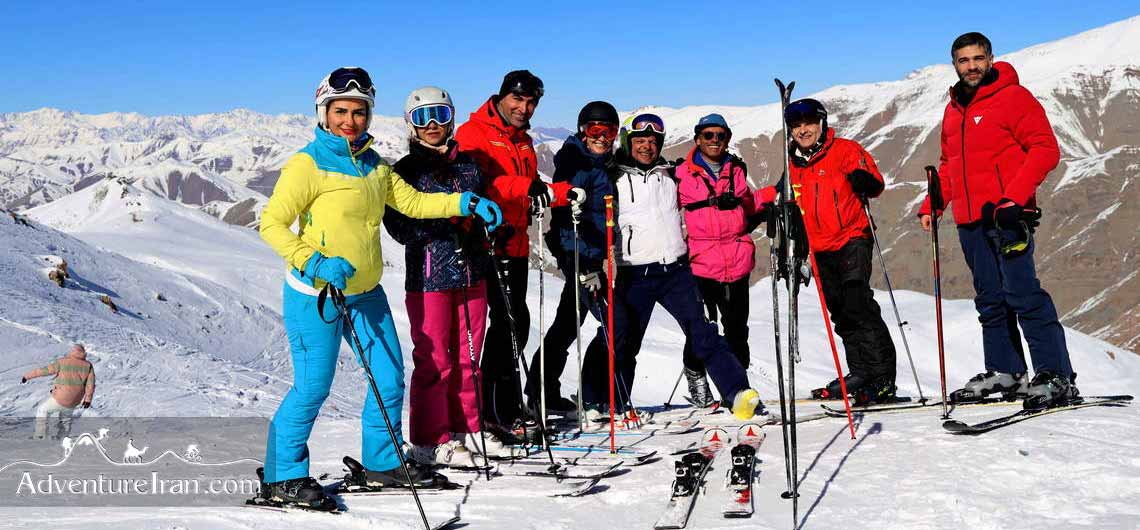
- 4×4 Desert Safari is one of the most popular activities being done in Iran. For those who travel to deserts around the world, Iran’s deserts are well known among many famous highlights. Having different types of terrain geologically makes for much different deserts from all around the world. Having sand dunes, flat desert, Salt Lake, mountainous region and Kaluts in only one desert is an Iranian desert phenomenon. This is why UNESCO registered Lut desert on their natural heritage site. Except for the natural attractions, Iran’s deserts were on the main highway of the ancient Silk Road and this has been a major catalyst for creation of a lot of caravanserais, oases, castles and Ab Anbar (water reservoir). Ab Anbars are another highlight of desert in Iran compared with other deserts around the world. Persian Qanat (underground water channel) is another attraction of Iran, which was registered by UNESCO in 2016. As visiting all those attractions together is not possible by foot or bicycle, many people prefer to have a 4WD adventure desert journey to explore more places in their chosen desert.
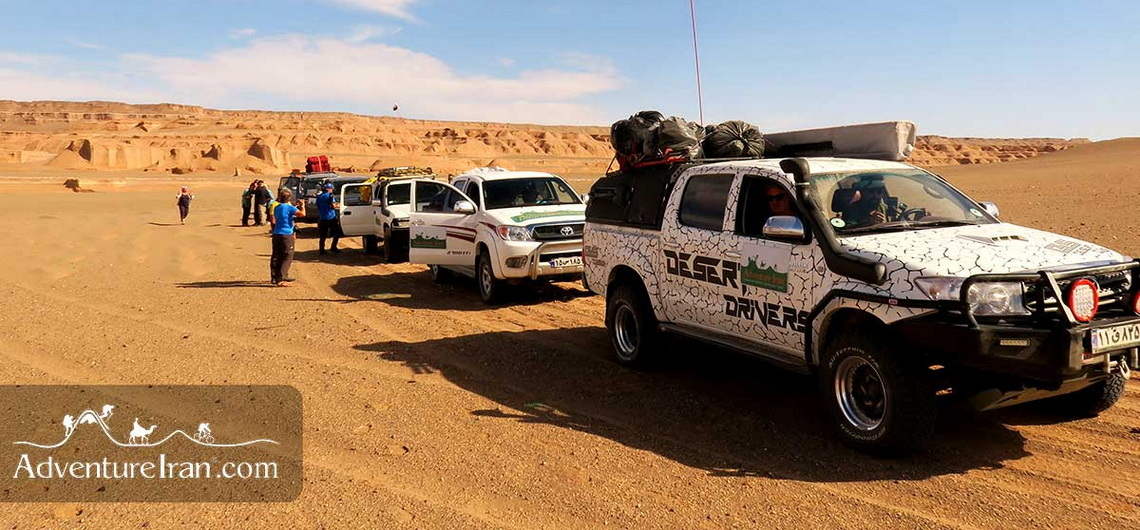
All the above activities are the main adventure travel fields that you could experience in Iran. To have a better picture of Iran’s activity and what to expect you can see our YouTube channel, which is categorized by activities.
6. Special interest tours in Iran
Alongside the above activities, the below categories are different types of trips for those who have a special interest in mind.
- Photography tours: Iran with different ethnicities in each corner, a variety of landscapes and many historical sites is one of the best destinations for Photography Travel. If you are a photographer, Iran provides a new window for you because you will face something that you could not see in other countries. People photography is the main type of photography you could think about in Iran. The diversity of the tribes in different corners of the country like Baluch in the southeast, Torkaman in the northeast, Kurdish in the west, Arabs in the southwest, and Azeri in the northwest are the main subjects you could have a specific photography tour for. If you see Lonely Planet’s guidebook of Iran, the first top experience from “Iran’s top 16” is “MEET THE PEOPLE”. Architectural Photography, landscape photography, and events and festival photography could be another interest for other photographers visiting the country. We have different celebrations and events, which date back thousands of years ago from Zoroastrian period to the Islam period and a couple of them, are so interesting for photography. Muharram period, especially during Ashoora and Tasooa day which are the most famous religious ceremonies in the country are perfect for photography.
Iranian Kurdistan in the west of Iran, Sistan and Baluchistan province in the southeast of Iran, Turkmen Sahra in the northeast of Iran near the Caspian Sea, Bkhtiari Nomadic region in the central Zagros Mountains, Lorestan province in the west of Iran, Highland of Talysh in the southwest of the Caspian Sea and South Khorasan near to Afghanistan border are the most special destinations of Iran for photo tours.
- Bird watching is another type of interest that people travel to Iran for. Most of them come in March and the begriming of May. There are many regions in Iran for birdwatchers. Minab in Bandar Abbas province, Ashoora deh and Mian Kaleh in Golestan National Park, Anzali lagoon in the Caspian Sea, Qeshm island in the Persian Gulf, and Savadkuh mountains in Mazandaran are the most popular bird’s hub for birdwatchers.
- Culinary and Cooking tours are one common interest for most travelers that recently have gotten very popular in Iran. Iran with a wide food diversity could be one of the most famous international cuisines in the world. Unfortunately, the lack of marketing in Iran has made its mark on the introduction of Persian food to the world. We have many food festivals in the country. Zanjan is one of the food centers of Iran and Zanjan food festival is one of the most famous festivals in the country. Gilan province is another food center and Rasht city is the main important city for tasting varied different vegetarian dishes in the country. UNESCO has chosen Rasht as a “Creative City of Gastronomy”.
There are many Iranian Cooking Books published in English. You can see their names of the most famous ones here:
The Saffron Tales (by: Yasmin Khan), Bottom of the Pot (by: Naz Deravian), Taste of Persia (by: Naomi Duguid), Cooking in Iran (by Najmieh Batmanglij), From the Land of Nightingales and Roses (by Maryam Sinaiee)
Along with the above Persian cooking books, PERSIANA (the French cooking book written by Sapriana Ghayour) is one of the popular French ones as well.
- Ultra Trail Running is one of the popular activities in many countries and in the last few years has started in Iran too. There are many races being done with locals in the country. We have done a couple of international ultra-trail marathons in Lar National Park and Mt Damavand as well. Please check UTMD (Ultra Trail Mount Damavand) site for getting more information.
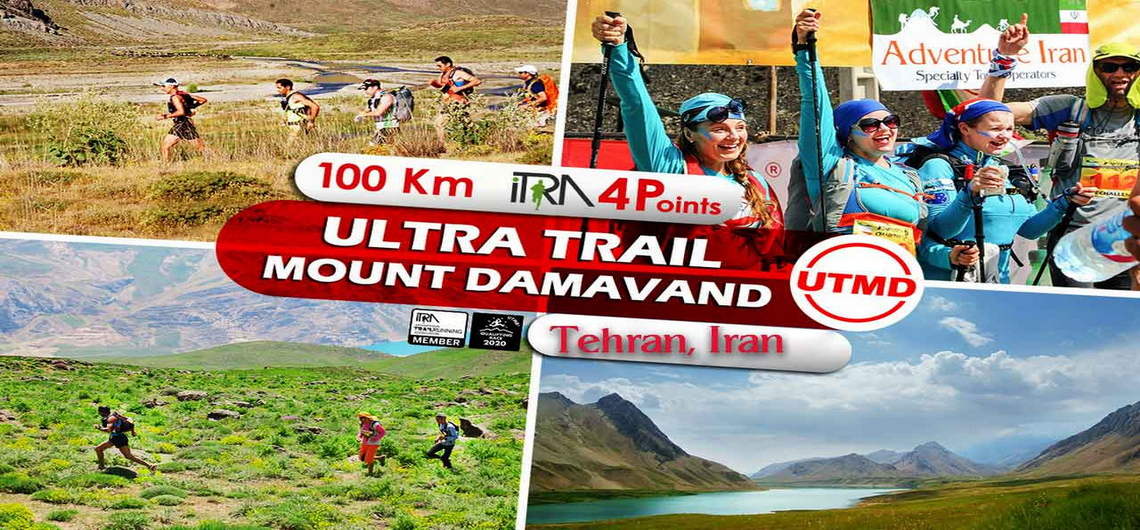
- Nomadic tribes and hiking through their territory
Nomadic tribes of Iran have a long history and there are a few famous documentary movies produced before and after the revolution about them. Grass: A Nation’s Battle for Life is the first movie produced in 1925 (Director: Merian C. Cooper). Gabbeh is another movie (Director: Mohsen Makhmalbaf) produced in 1996 as well.
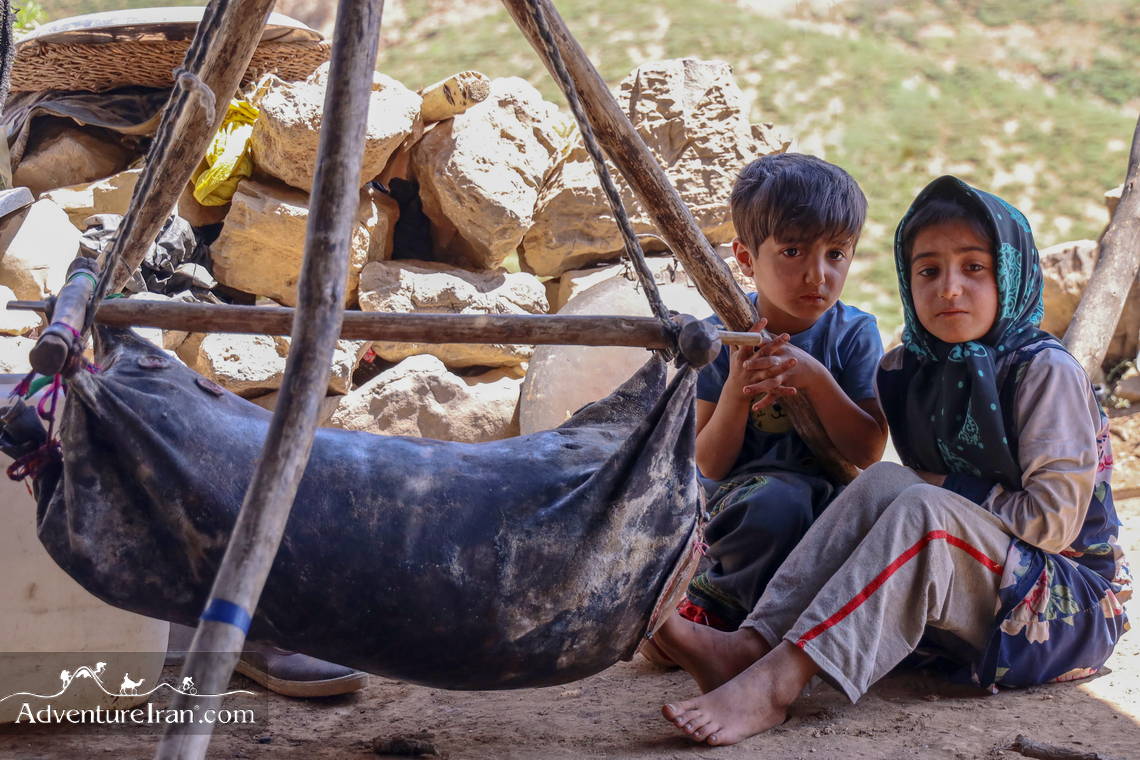
Iran’s nomadic tribes are going through changes like many other things in our new technology based life. A few years ago, they use to migrate from low lands in the spring to the highlands by foot but nowadays, the majority of them are using trucks for their seasonal movement. However, they still exist and we have a chance to visit them in the mountains of Alborz and Zagros. This type of historical cattle breeding is going to change to industrial ways and the new generation of nomads will choose another job. There is a chance to visit them in Iran in non-touristic regions of the mountains that don’t even have mobile coverage and see their way of life. Nomadic tours and the experience of hiking through their traditional camp were one of the first long hiking tours we developed in Adventure Iran. Highlands of Talesh and A Long Trek into the Zagros Nomadic lands are the two famous tours that we offer and have done in the years.
7. Climate diversity, different weather, and Multi-Activity opportunities
One of the special features of Iran is having two seasons and climate at the same time in two regions. We will explain this feature with a few examples to show you how diverse Iran’s climate really is.
In January, the temperature in Shemshak is -15°C. Shemshak is a village alongside a ski resort by the same name, 60 km away north of Tehran, while the temperature in Lut desert at this time is about +18°C, which is the season for desert trekking or 4×4 desert safari. Also, the temperature in Qeshm island at this moment is about +30°C which is the best travel time in the Persian Gulf region. You can do swimming, cycling, trekking or diving in the south of Iran in pleasant weather.
Another example is in April. Many adventurous travelers will come to Iran for Ski Touring on two of Iran’s highest mountains of Damavand (5610 m) and Alamkuh (4950 m). The day temperature in those peaks would be around zero and they will experience frozen nights in the mountains. At the same time, the temperature in the north of Iran (Caspian Sea) would be about 15-20 °C, meanwhile you could experience a temperature between 30-35°C in Maranjab desert (south of Tehran). The distance from Maranjab desert to Tehran is about 230 km, from Tehran to Mt Damavand is about 60 km and from Mt Damavand to the Caspian Sea is about 138 km. This means with only a 428 km distance in a one-week journey, while traveling from south to north of Tehran province in April, you experience about 30-40°C variance in temperature, in three different climates in three regions with a chance to see sand dune(brown), Snow (white), forest(green) and sea (blue) together. Please have a look at the below map to see the regions.
The above sample climate diversity creates an amazing opportunity for having multi-sport activities in Iran that are perfect for adventurous travelers. Depending on the type of activities you are doing, your fitness level, and the travel time you can create different itineraries and experience unique situations in Iran. Instead of Damavand skiing touring in the above sample trip, you could have an amazing mountain biking or hiking in Lar National Park, which is located on the foothills of Mt Damavand as well.
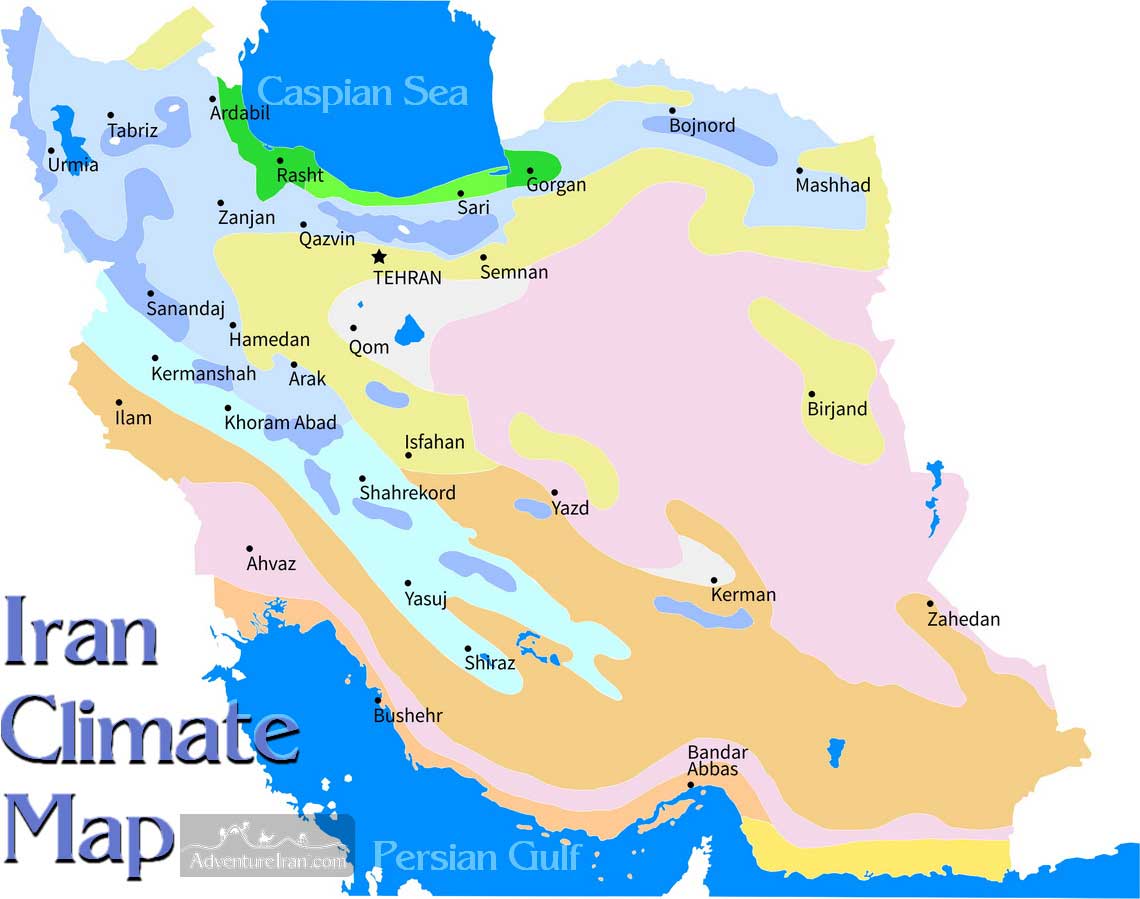
8. Traveling during Nowruz (the Persian New Year)
Persian New Year is on March 21 and it is the longest Iranian holiday taking about two weeks. A few days before the New Year date local travelers start traveling all over Iran and the roads are crowded and hotels are mostly full. Finding public transportation is very hard and touristic sites would be full of locals. The busiest region would be the main touristic cities of Iran, which are Kashan, Esfahan, Yazd, and Shiraz. Tehran would be an exception during Persian New Year less crowded during the holidays. Mostly traveling during Nowruz can be a hassle.
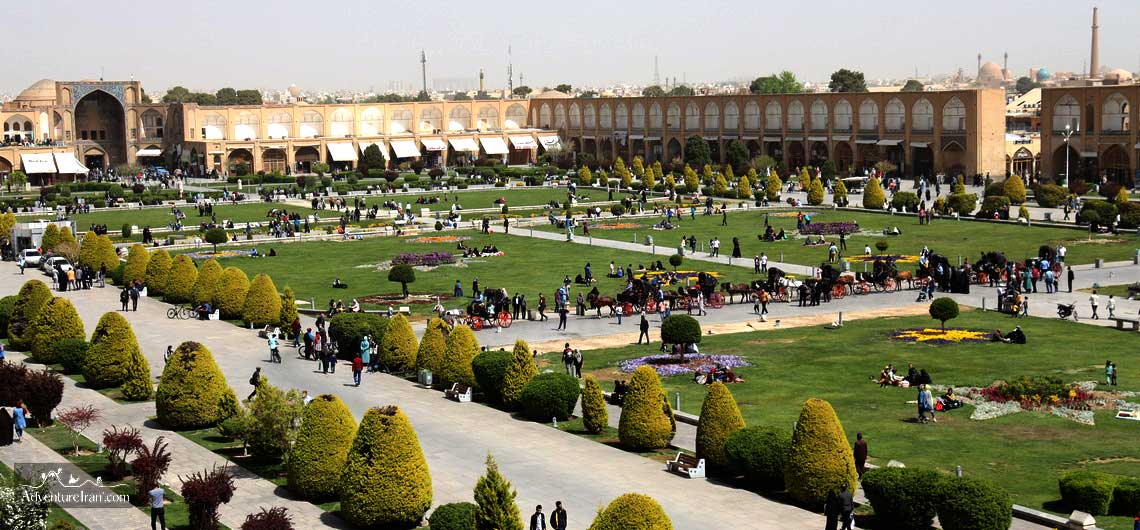
9. Iranian national holiday
The Persian calendar is one of the longest chronological records in human history and it’s a succession of calendars used for over two millennia in Iran. The Iranian calendar has been modified repeatedly during its history to suit administrative, climatic, and religious purposes. Nowadays, the official national holidays are a combination of ceremonies like Nowruz and Islamic events like Ashoora and Tasooa in Muharram. If you are in the city during holiday dates, you have to be sure if the museum or the sites you would like to visit are open! Also on other hand, finding public transportation tickets would be difficult in that dates and of course count on many traffic jams on the roads. The worst road in Iran, that have terrible traffic jams during the holiday or summer weekends, is the famous road from the Capital to 3 main destinations in the north of the country (the Caspian Sea coast). Tehran to Chalus road which is famous as a Chalus road, Tehran to Amol through Haraaz road, and Tehran to Rash road.
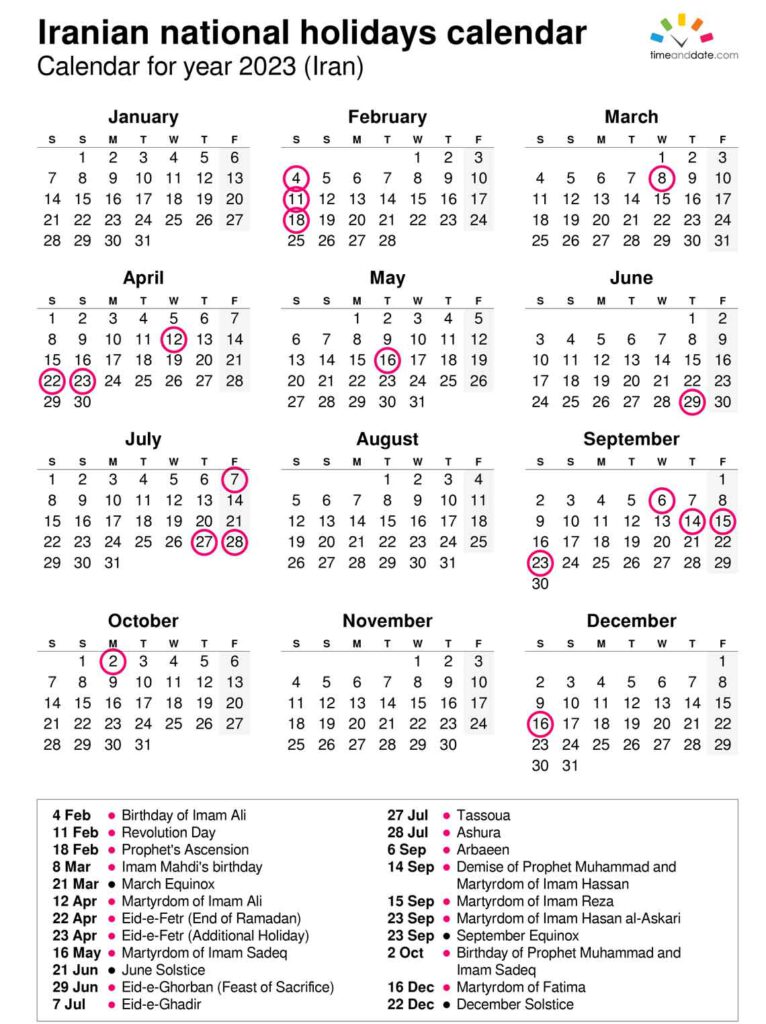
10. National Parks and natural protected Areas
If your travel itinerary includes visiting or having an activity inside one of the National Parks, you should arrange to get permission in advance from the Environmental Organization of Iran. A certified local guide should accompany you during the tour of the park as well. You should book your trip with an official Tour Operator and the company will apply for the certificate to enter the park. The list of the passengers along with their detailed passport information should be attached to the documents to get permission.
If you read the above Iran traveling facts, our guess is that making an efficient itinerary is the foundation of your journey to Iran. If you could visit the right place in the right traveling time, you could definitely have a better experience of traveling in Iran. Iran’s tourist cities distance post gives you more ideas about your travelling time between those main Iranian tourist destinations.

